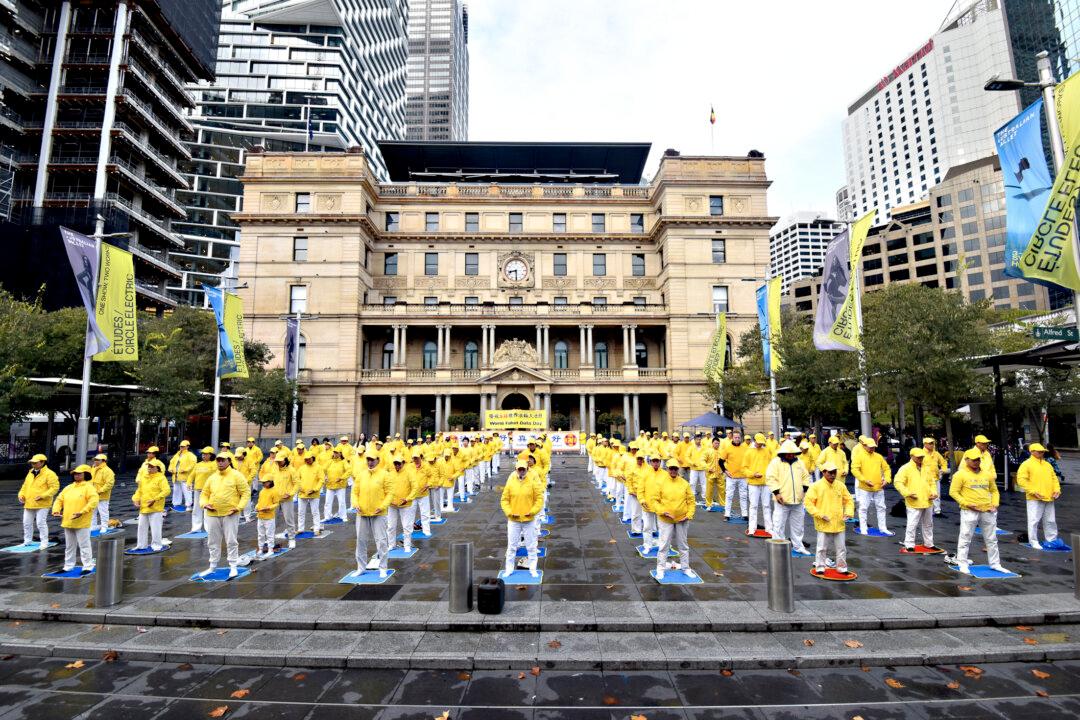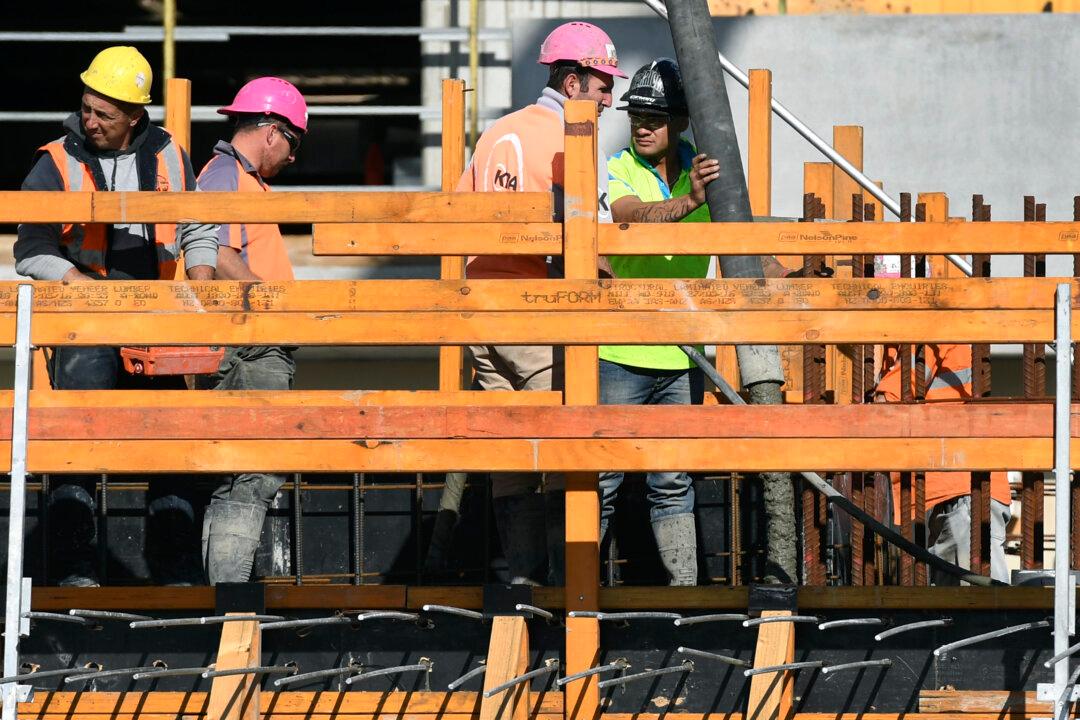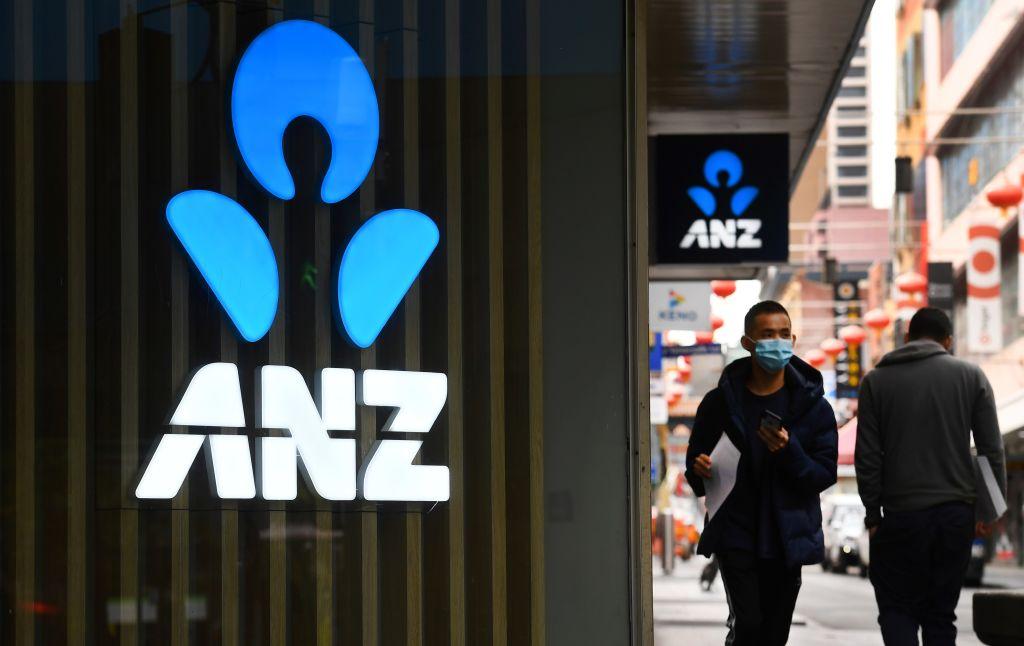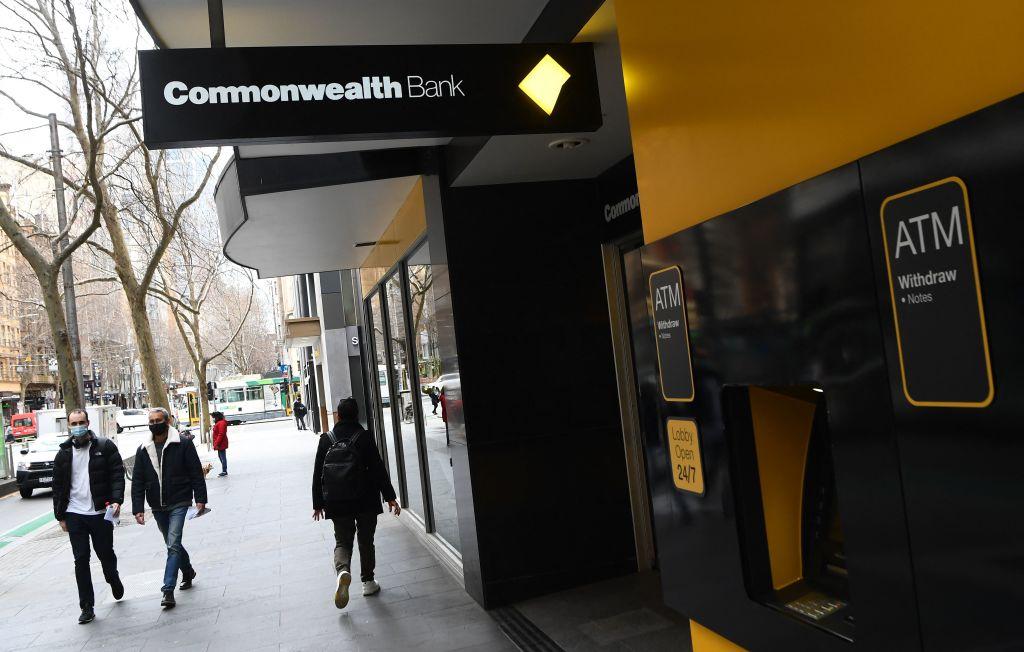The Reserve Bank of Australia (RBA) expects the national economy to get back on track, following its contractions in the March and June quarters. While this may indicate the end of the recession, the central bank cautioned that the recovery would be unpredictable due to a wide range of uncertainties.
During a video conference with the Senate Estimates on Oct 27, RBA deputy governor Guy Debelle said the September quarter was likely to see the gross domestic product (GDP) turning around from negative growth, and the drag on the economy from Victoria would be less than expected.





